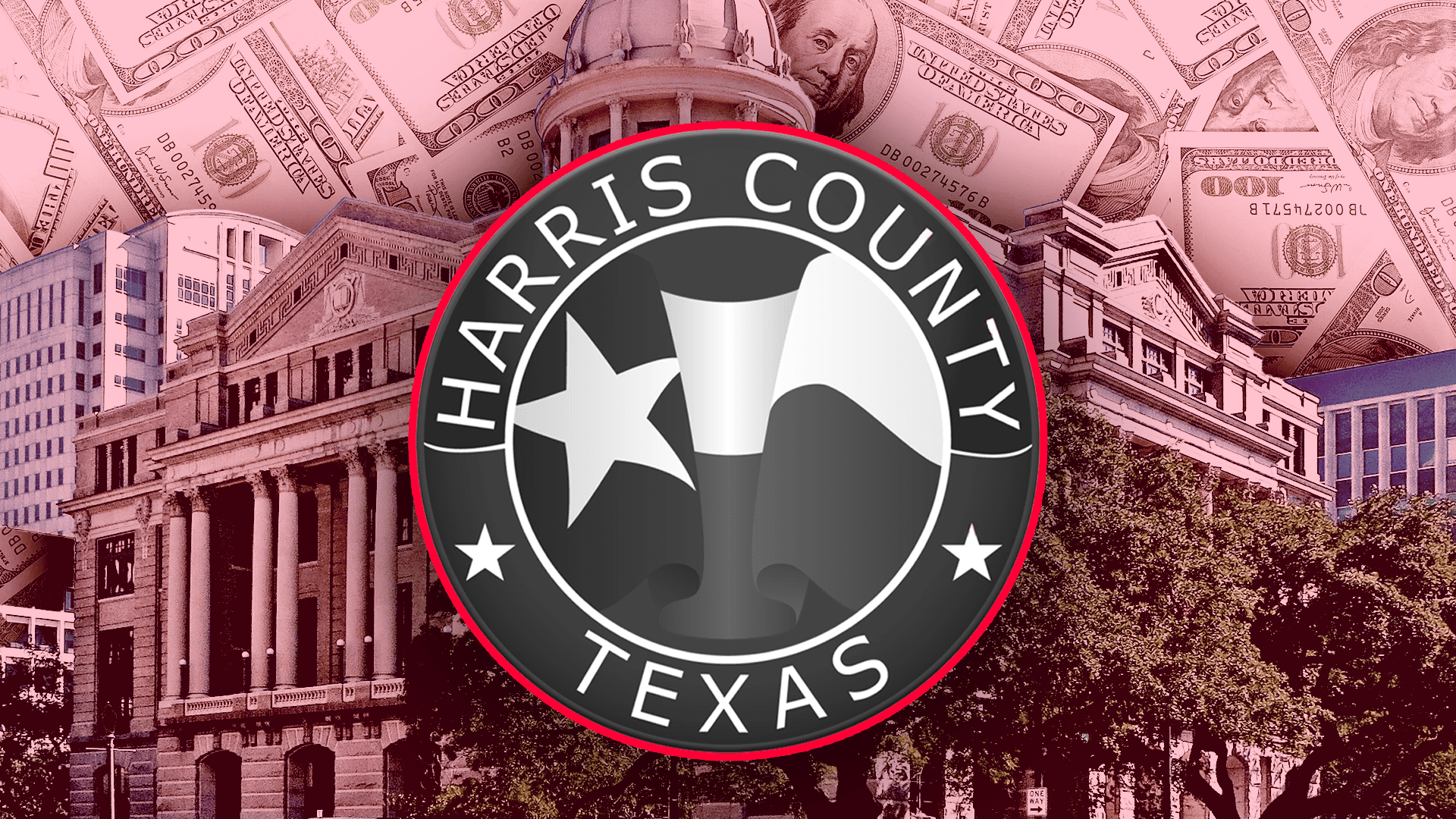A new study by the Heritage Foundation found that—of the twelve most costly regulatory mistakes made by federal, state, and local officials—local governments impose the largest burden on families.
According to the report, local land-use restrictions unnecessarily drive up the cost of housing by $209 billion annually, costing the average American family roughly $1,700 more per year.
“In the past half-century, local governments have internalized the harmful ideas that cities and suburbs ought to be “planned” by [government] experts and that new construction generally imposes a net cost on other residents…As a result, zoning boards, planning boards, town councils, environmental review boards…routinely delay or block much potential construction in high-cost cities and suburbs.”
Local land-use regulations take several forms; zoning laws, “NIMBYism,” and environmental review delays.
“Zoning laws regulate land-use and density…Bureaucrats empower “NIMBYists” by enacting complex approval processes for projects and setting zoning requirements so that any economically feasible project needs to receive a variance from the written requirements. Each additional permit and paperwork barrier allows opponents of affordability to keep rent high.”
Heritage notes that regulations should be simple and uniform. They shouldn’t have carve-outs for the politically connected, as doing so invites political corruption into policy-making.
Plano and Colleyville are two Metroplex cities where residents are currently locked in a battle with their own officials over an outside push for high-density housing. Austin residents in recent years have suffered from skyrocketing property taxes and rent, driven primarily by government-imposed land-use restrictions that have resulted in abnormally high appraisal increases.
“Environmental review delays, which often involves state and federal agencies, is the delay it imposes on construction. While a delay may appear trivial to outsiders, it represents time that funds must sit, earning nothing, waiting for the right signatures…[adding] costs to some projects and [stopping] others altogether, decreasing supply and raising rents….[They also] often have consequences that are the opposite of their intent.”
While the average cost of local regulation demonstrates just how impactful it is relative to federal and state burdens, it’s not shouldered equally across households. In fact, it’s dramatically unequal.
“Rural families and those living in less-regulated cities are unharmed. Those [living] in expensive metro areas are taken to the cleaners, frequently for over $5,000 per year.”
According to the report, regulations at the federal, state, and local level cost Americans $546 billion annually, unnecessarily increasing the cost of living for the average household by $4,440 per year.
That astounding figure is comparable to the Department of Defense budget, is more than half as much as Americans spend on groceries, and more than the rent paid by every renter in America.
It’s also three times the budget of the State of California.
Texans should take notice. Local land-use regulations are far more costly for the average family than sugar import tariffs, ethanol subsidizes, or licensure requirements imposed by federal and state “do-gooders.”
When it comes to the costs of government regulation, a city council has as much influence as the federal government.




